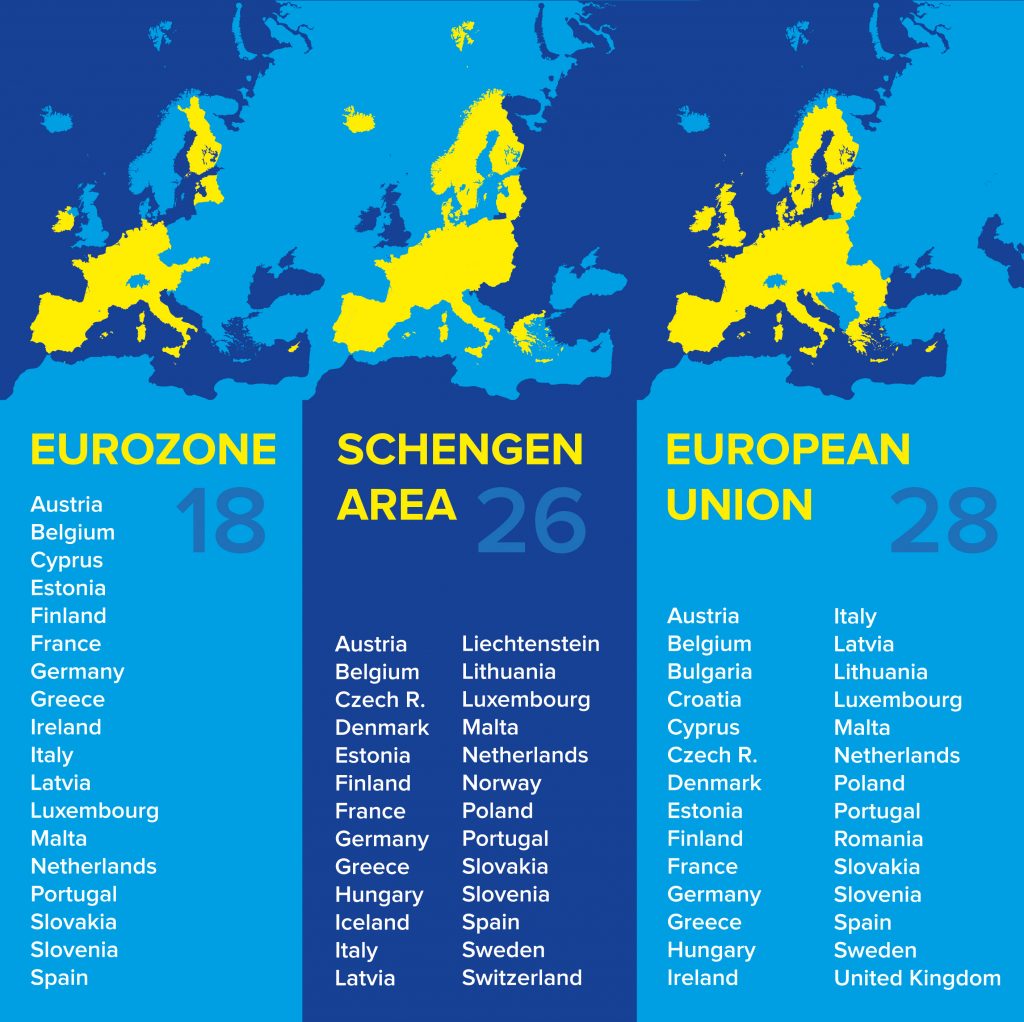Simple Authorization for European Travel Begins 2021
It’s not as complicated as a visa, but you will have to apply
By Natalie Fiorilli
Published March 18, 2019
Read Time: 2 mins
No visa? No problem.
U.S. citizens still don’t need a visa to visit most European countries for trips less than 90 days.
That will change in 2021, when visitors from 60 countries, including the U.S., will need to apply for a less-burdensome “travel authorization” to access the so-called Schengen region, which includes 26 of the European Union’s 28 member states.
Last year, the European Parliament approved the new European Travel Information and Authorization System, or ETIAS, to improve security in the Schengen region, which includes Italy, France, Germany, Spain and other popular European travel destinations.
Recent reports by multiple news outlets mistakenly described the authorization system as a visa. This week, the European Commission responded to the confusion in a statement, clarifying that the authorization process requires “significantly less” information than a visa application.
The online ETIAS application only takes about 10 minutes to complete, as compared to a Schengen visa, which can take up to 15 days and in some cases can only be extended up to 30 or 60 days, according to the commission.
The application costs seven euros (or about eight American dollars). Applicants must have valid passports and provide email addresses and a form of payment, according to the commission. They’ll also have to provide name and date of birth, educational and professional background, and citizenship status, among other eligibility questions.
Once authorized, the ETIAS is valid for three years for U.S. travelers.
From PIT to Europe
Come 2021, the new travel authorization will apply to travelers on PIT’s seasonal nonstop service to Frankfurt, Germany, on Condor Airlines. New year-round nonstop service on British Airways from PIT to London Heathrow, which launches on April 2, will not be impacted as the United Kingdom is not part of the Schengen zone.
Ultimately, the process won’t have a significant impact on U.S. travelers, said Tyler Laughlin, manager of government and community affairs at PIT.
“Applying for the authorization will be a very quick and simple process,” said Laughlin. “While it might seem like an added step in the process of traveling, it shouldn’t cause hesitation for Americans that want to explore Europe.”
Learn more about the new requirement here.







